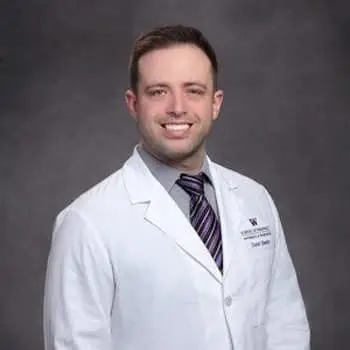Tramadol, a prescription pain medication, has the potential for abuse and may lead to addiction. A treatment program, including detox, may be required to address Tramadol addiction.
The prescription drug tramadol (brand name Ultram) has been a topic of discussion in the last few years. The drug was originally approved in the United States in 1995 to treat pain that is severe but cannot be managed by opioid medications.
Grunenthal GmbH, a West German pharmaceutical company, originally patented and sold the drug as Tramal in 1977 in Europe.
For years, tramadol has been marketed and prescribed as an “opioid-like” medication with “opioid properties.” Considering the fact that tramadol activates the same mu-opioid receptors as all other opioid medications, this idea has since fallen out of favor.
Over the last several decades, the addiction potential of tramadol has become apparent to the medical community, and in 2014 the Drug Enforcement Administration (DEA) reclassified tramadol as a Schedule IV medication. Schedule IV medications have a recognized medical use and a low potential for addiction and abuse.
Treatment Can Be Life Changing. Reach out today.

Addiction Treatment Options
Now that the addictive potential of tramadol is well recognized, treatment of tramadol addiction is included in the larger picture of opioid addiction treatment. For those addicted to tramadol, substance use disorder (SUD) treatment is shown to be an effective method to treat addiction.
Taking tramadol without a prescription or in a way that it was not prescribed is substance abuse that can lead to an addiction. Once someone enters addiction treatment, it includes three main categories: detox, treatment, and maintenance.
How Long Does Rehab Take?
Rehab for tramadol will last at least a few weeks and sometimes several months. Strong treatment programs will encourage patients to stay in treatment for at least 90 days. Research has shown that treatment must be at least this long to be effective and the longer someone stays in treatment, the better their health outcomes.
What Does Tramadol Rehab Cost?
The cost of tramadol rehab varies based on the rehab center and the type of insurance the patient carries. For pricing specifics, a person should call a rehab center directly.
Much of the time, the rehab cost is billed by the month or week and sometimes rehab centers will require a person to pay upfront.
Does Insurance Cover Rehab?
Most insurance plans will cover drug rehab treatment, but not all of them do. Someone with insurance should call the number on the back of their insurance card to learn if their plan covers addiction treatment. Other options include:
Choosing a Rehab Center for Tramadol Abuse
It is not always easy to know how to choose a rehab center. To ensure someone puts their health and treatment first, they should be aware of important factors when determining their rehab location:
What to Expect When You go to Rehab
Rehab is a highly structured environment without much downtime. A tight schedule and structure can be jarring for some people, but this type of structure is important to the recovery process.
Addiction professionals have been developing techniques for years and so they know what works and what does not, so following the program and rules of the program is critical.
Expect to participate in treatment, which may be uncomfortable at first. However, residents in a program are encouraged to make social connections to strengthen the process of healing.
What Happens After Rehab?
After rehab, a person may continue a scaled-down version of treatment to maintain sobriety and clean living. While clean living is important for continued remission, setbacks do happen. SUD is a chronic condition and about half of people living with one experience a setback at some point.
How Rehab Improves Recovery
Rehab helps people address their addiction. By coming to understand personal triggers and what drove their drug use, people leaving rehab are better equipped to handle the stressors of day-to-day life without resorting to drug use.











